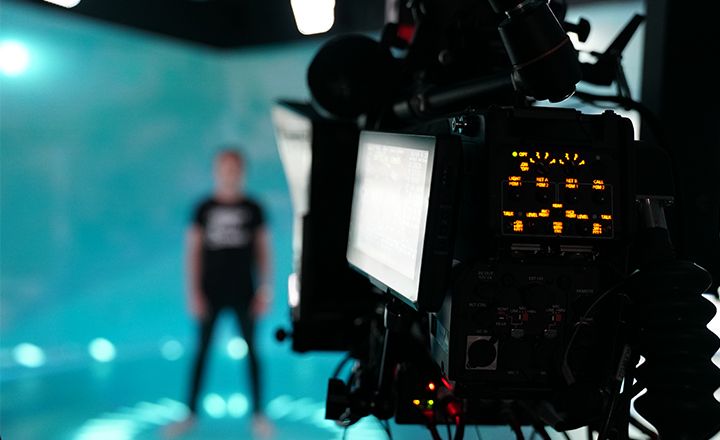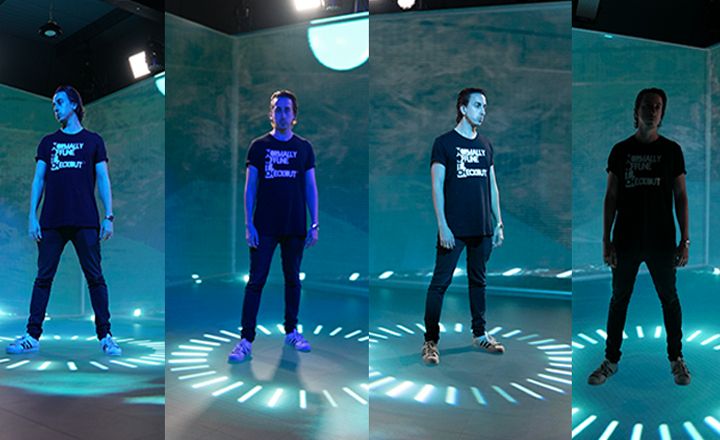Integration & Control
Updated: 22 Mar 2024
Updated: 22 Mar 2024
Virtual productions, aren’t purely virtual. They contain a whole range of upstream and downstream systems from camera tracking systems, to lighting to media servers, to control surfaces.
Notch provides are whole range of methods for integrating into these systems and we’ll cover below.
When running as a block you can ’expose’ any Notch parameters to the media server for it to control. This enables the media server to use its own timeline to control the scene or take signals from hardware it can interface with.
When running in standalone, exposed parameters can be controlled via the Web GUI.
See Exposed Parameters for more details.

Tracking camera systems are a key component of many virtual production setups (although locked off cameras are still regularly used). When running in a media server, the tracking camera data is processed by the media server and passed to Notch via an Exposable Camera. This matches the physical camera’s FOV with the virtual camera in Notch.
If running in standalone, you are more likely to use direct camera tracking via NCAM or stYpe.

See Exposable Camera for more details.
The interaction between virtual lights in your scene and physical lights is critical to an effective virtual production outcome. When the lighting isn’t balanced, of the right hue or direction, your talent can feel separated from the virtual scene.
Virtual lighting can be controlled by media servers or lighting desks, either by directly accepting ArtNet or via the media server using exposed parameters and DMX hinting.
Another common technique is to drive real-world lighting from Notch, either by using video LED panels as lighting or by using pixel mappers to take video output to convert to ArtNet outputs.

Exposable Null are an exposed position/rotation in space. They are very useful when working with media servers or other host applications that are 3D aware. The media server/host application is able to have direct control of the position and rotation of objects within your scene, meaning they can be attached to object tracking systems (like Blacktrax) or animated in the media server timeline.
To use Exposable Nulls, simply parent the object you wish to control to an Exposable Null node.
See Exposable Null for more details.
Alongside exposing parameters or nulls, Notch can also be hooked up to external control surfaces such as lighting desks or tablets, using ArtNet, OSC or Midi for on-set control.